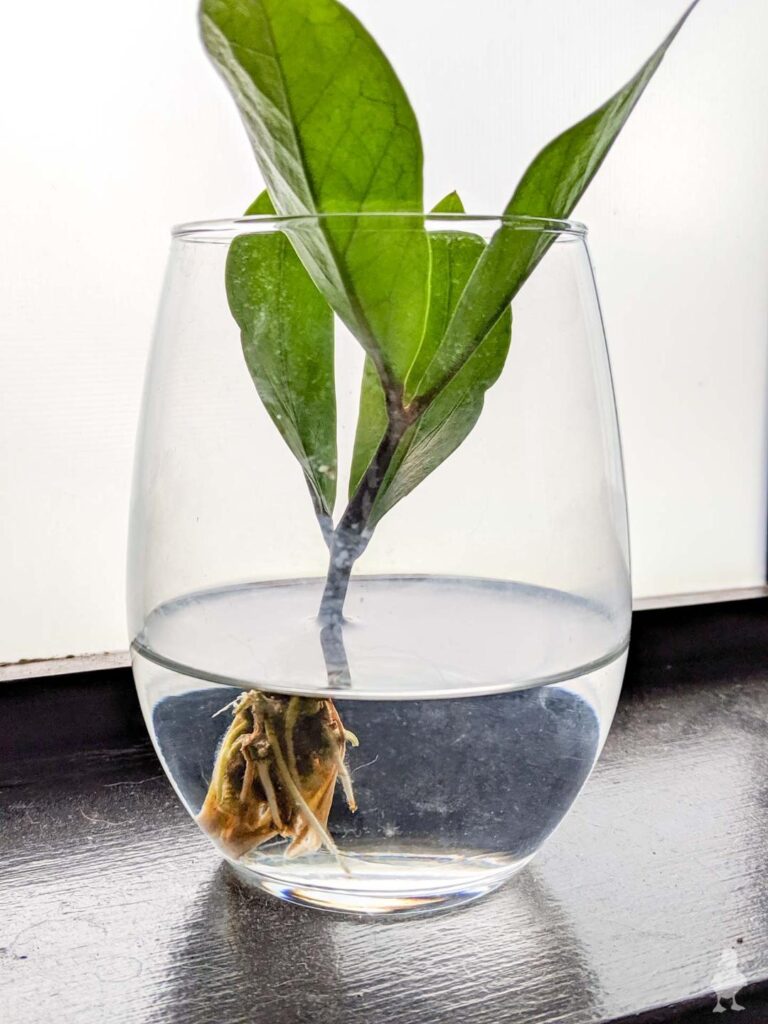Talking Plants
University of Minnesota, Clay County
Houseplants can be propagated by vegetative cutting, layering, division, and micropropagation, to name a few. Perhaps the easiest and most common form used by the home propagator is the vegetative cutting. The three most common forms of vegetative cutting are stem, leaf-petiole, and leaf.
The type of cutting used will depend on the plant being propagated. Stem cuttings are suitable for Swedish ivy (Plectranthus sp.) and dumbcane (Dieffenbachia seguine). Leaf-petiole cuttings are great for African violet (Saintpaulia sp.) and some varieties of jade plant (Crassula ovata). Certain begonias such as rex begonia (Begonia Rex cultorum) and snake plant (Sansevieria trifasciata) can be propagated by leaf cuttings.
Stem cuttings should be three to five inches long with at least two nodes (where the leaf attaches to the stem). Remove all leaves except the top two to three sets, make a hole in the potting medium with a pencil or finger, and insert your cutting. Be sure that at least one node is covered by the potting medium. Firm the potting medium around the cutting and water thoroughly. Allow the excess water to drain before moving containers. The cuttings should root in a few weeks.
Leaf-petiole cuttings are taken by selecting a healthy mature leaf and cutting the petiole (leaf stem) off near the crown of the plant. Trim the petiole back so it is one to one and a half inches long, make a hole in the potting medium, and insert so the base of the leaf just touches the potting medium. Firm and water the potting medium the same as for stem cuttings. After a few weeks, plantlets will emerge at the leaf base.
A leaf cutting is a section of a leaf placed in contact with the potting medium. Leaves of snake plant can be cut into three-inch sections and placed into potting medium so that approximately one inch of the leaf cutting is covered. Firm and water the potting medium as described above. To keep cuttings orientated upright when planting, cut a small notch in the top of each one and plant so the notched end is up. Cuttings planted upside down will not root.
Propagating house plants is a project the whole family can enjoy. A word of caution, learn if the plant you are interested in propagating has an active plant patent. Propagation of patented plants is a violation of patent laws unless one has a license agreement with the patent holder.
University of Minnesota,Clay County 218.299.5020.
Check out our website at https://local.extension. umn.edu/local/clay


